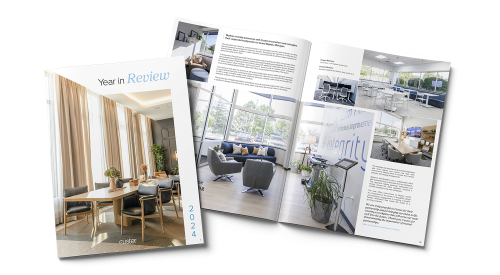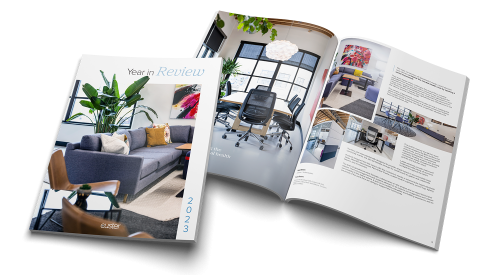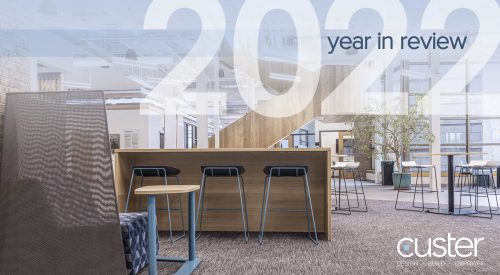- Blog
- Steelcase in Interiors & Sources: The Unexpected Vernacular of Health
Steelcase in Interiors & Sources: The Unexpected Vernacular of Health
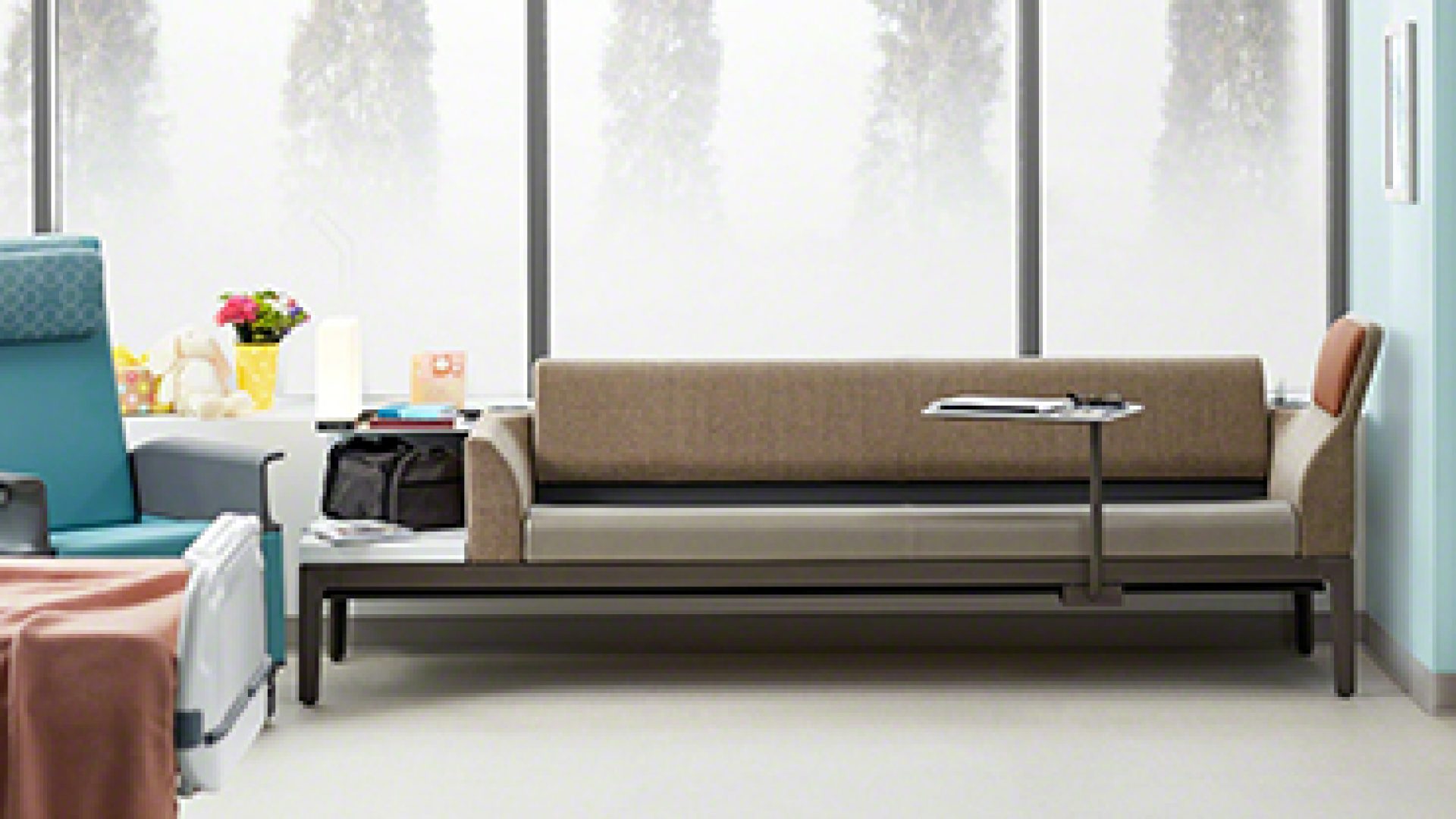
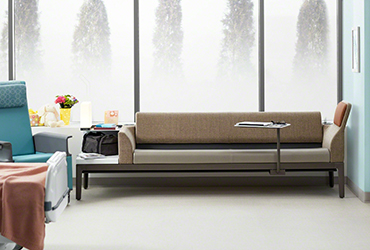
How do designers best create healthcare facilities that address clinical requirements as well as support desirable, holistic, human experiences? That is where the vernacular of creating approachable and clinically relevant spaces comes majorly into play.
It’s interesting that the word “hospital” makes up the majority of the word “hospitality.” Many experiences in both types of places are similar: you check in, wait, get your room, you’re sometimes fed, then you check out and are billed. What separates one hotel from another? What makes a five-star hotel different from a one-star hotel? The entire experience counts, from customer service to the impression the space leaves upon you.
Patients in today’s evolving healthcare world are a lot like hotel guests. Their perceptions, experiences, and feedback have never been more important – or influential – driving not just patient choice and loyalty but also critical ratings and scores that can ultimately affect clinicians and/or facility reimbursement.
Healthcare organizations understand that high-quality clinical care is necessary, but that care alone can be insufficient as patients also seek great service, interior spaces, and experiences. They also understand that healthcare design differs from hospitality design due to unique requirements such as cleanability, durability, clinical workflow efficiency and other key human factors.
Ryan Ramos is the director of industrial design at Steelcase Health and Steelcase Education. Read his entire post on Interiors & Sources.
![]()
Custer is proud to bring you insights from our partner, Steelcase.
